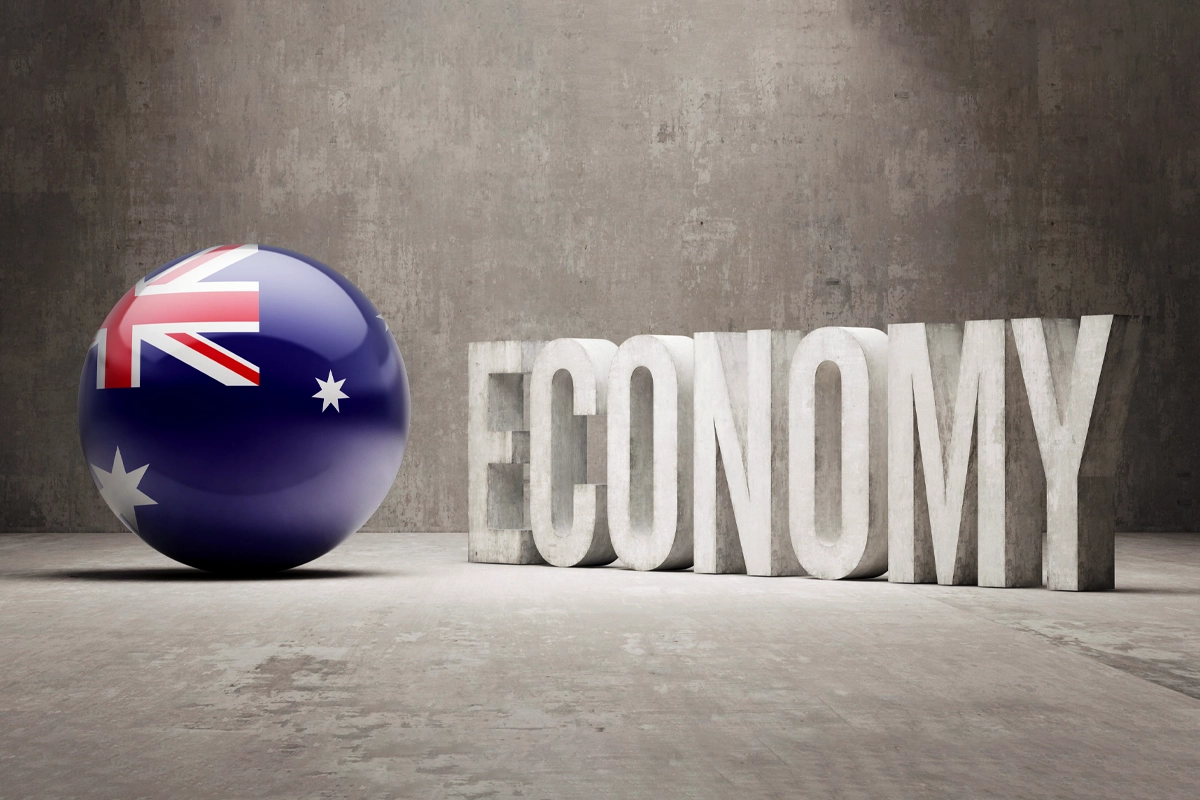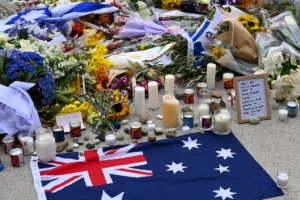The figures released by the Australian Bureau of Statistics last week indicated that Australia’s economy has barely inched forward, showing a disheartening growth of just 0.2% for the June quarter.
This figure marks the weakest performance since the end of the 1990s recession, signalling deeper underlying problems within the country’s economic structure.
Despite Treasurer Jim Chalmers’ attempts to put a positive spin on the situation by claiming that any growth is good in the face of global economic challenges, this optimism seems increasingly out of touch with the everyday struggles faced by Australians.
The economy’s reliance on government spending is becoming a glaring issue, obscuring the more troubling reality: household spending has actually decreased. This has contributed to an annual GDP growth rate of just 1.0%, the lowest since the 1991-92 recession period. Such stagnation indicates that the economic benefits are not reaching ordinary citizens, as evidenced by the ongoing decline in GDP per capita for six consecutive quarters.
This persistent contraction, described by some as a “household recession,” highlights the severe economic strain on average Australians. As household savings dwindle and living standards deteriorate, the situation becomes increasingly dire. The reduction in discretionary spending, coupled with falling household savings, paints a bleak picture of economic health.
In the midst of a spiralling inflation crisis, Australians are facing unprecedented financial strain, largely due to the actions of banks and insurance companies. The Australian Council of Trade Unions (ACTU) has raised serious concerns about these institutions, accusing them of “profiteering” and “price gouging” as they push interest rates and premiums sky-high.
According to the ACTU, the financial industry has seen a staggering 46 percent increase in profits since March 2021, a trend that only exacerbates the country’s economic woes.
The data is stark: banks have reaped $212 billion from hiking interest rates, while insurance premiums have surged by 36 percent. This is not merely a case of economic necessity but a deliberate strategy to fatten corporate profits. As ACTU Secretary Sally McManus put it, banks and insurers are “cashing in on the struggles of working people,” thereby contributing significantly to the persistent inflation that is squeezing Australians’ budgets.
In conclusion, while the government may choose to highlight even the slightest economic growth as a success, the broader economic reality reveals a troubling picture.
Australia’s economic recovery remains fragile, and the gap between government-led growth and the actual experiences of everyday Australians is widening. The country faces significant challenges that require more than just incremental improvements; it needs a plan to put a stop to “profiteering” and “price gouging” of banks and insurance companies, as well as a comprehensive strategy to address the underlying economic weaknesses and to ensure that growth translates into tangible benefits for all.












